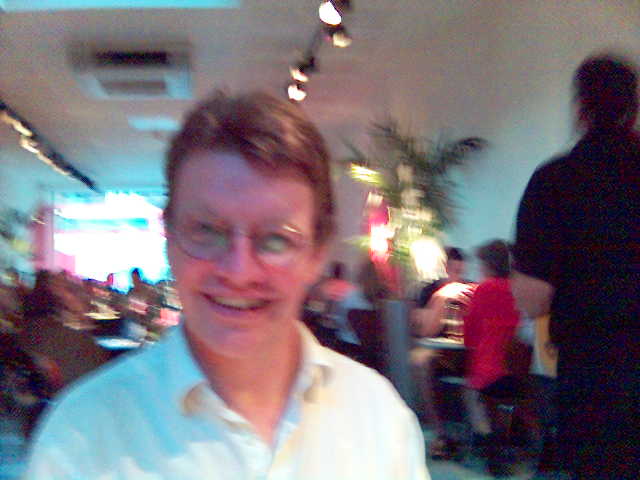[54.1] INTERPRETING EACH OTHER DIFFERENTLY
Controversies over 'overt and public expression of faith through appearance' (a quaint description in a recent continental newspaper) continue to rage in Europe; particularly in France, Germany and Turkey, where, to differing degrees, there are prohibitions on what might be seen as flamboyant religious symbols in schools and some other public places.
In the UK the interpretation of secularity in public life is more towards permissive pluralism than restrictive anti-clericalism. This sensible Epiphany observation is from the consistently excellent and reliably thoughtful Thinking Anglican:
"The gospel is written for [people within Jewish communities] who are being awakened to the challenge of bringing the Christian faith to other cultures. Jewish dietary laws and distinctive dress would not be sustained within a faith which sought to be universal. Perhaps also the threat of persecution under the Roman Empire might have made it inadvisable for believers to parade their faith too publicly by sporting distinctive clothes.
One legacy is that there is no distinctive Christian dress code required by all, akin to the Sikh turban, or the Jewish skull cap. Within Britain we can also point to the fact that for those who want to retain a dress code which identifies their faith, this is accommodated to the extent of allowing Sikh men on motorcycles to wear a turban in place of a crash helmet. The law clearly shows that although the majority see no necessity for a religious dress code, the wishes of those who find this an essential expression of their faith are respected."
Which is surely as it should be. The writer might also have mentioned Jesus' frowning upon ostentatious religious behaviour and the earlier prohibitions on images. There is debate within as well as without faith communities on these matters, as over the veiling of Muslim women for instance. Is it oppressive or protective? No one answer is likely to suffice.
Comment on this post: FaithInSociety
Friday, January 09, 2004
Subscribe to:
Post Comments (Atom)

No comments:
Post a Comment